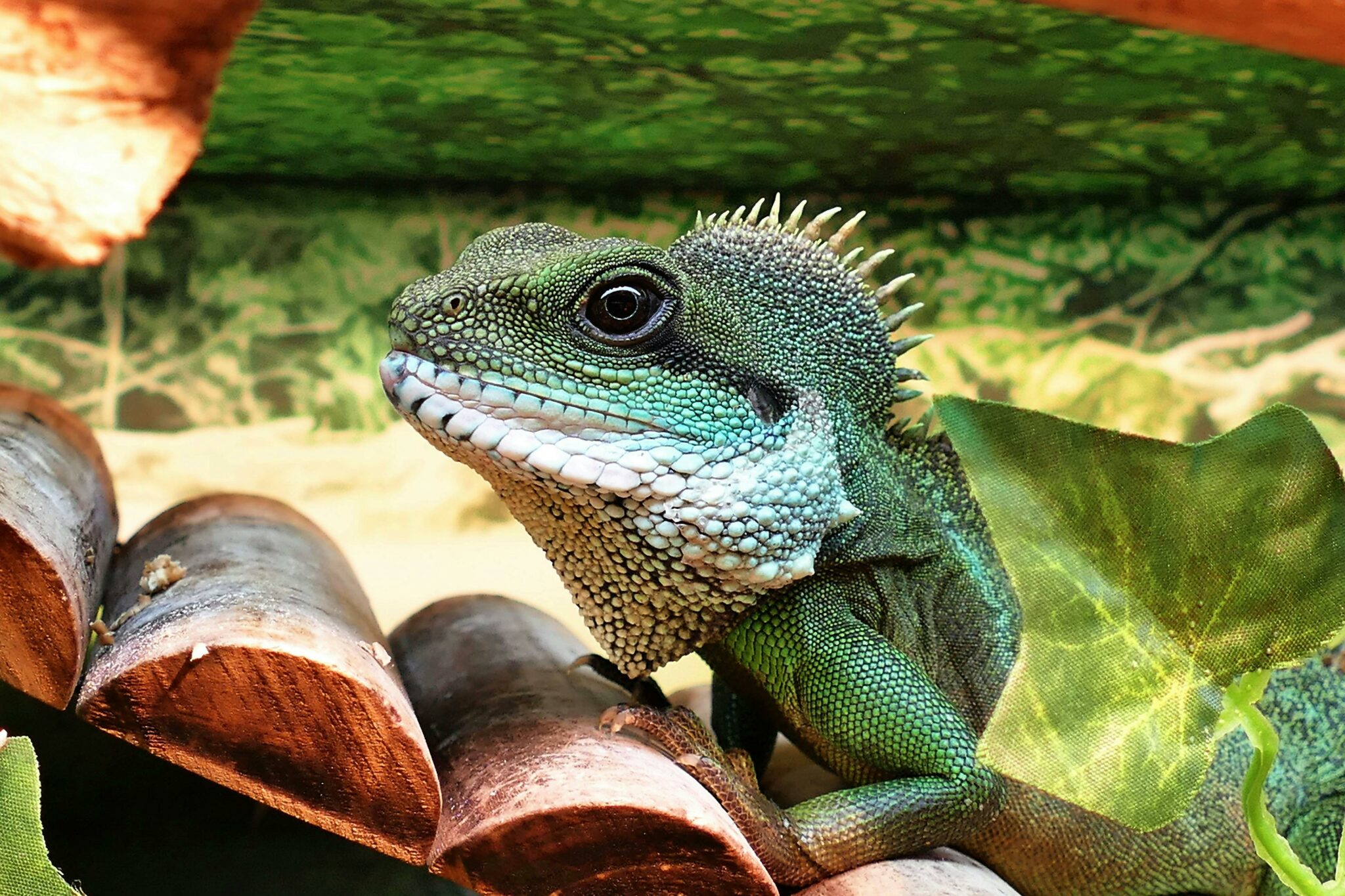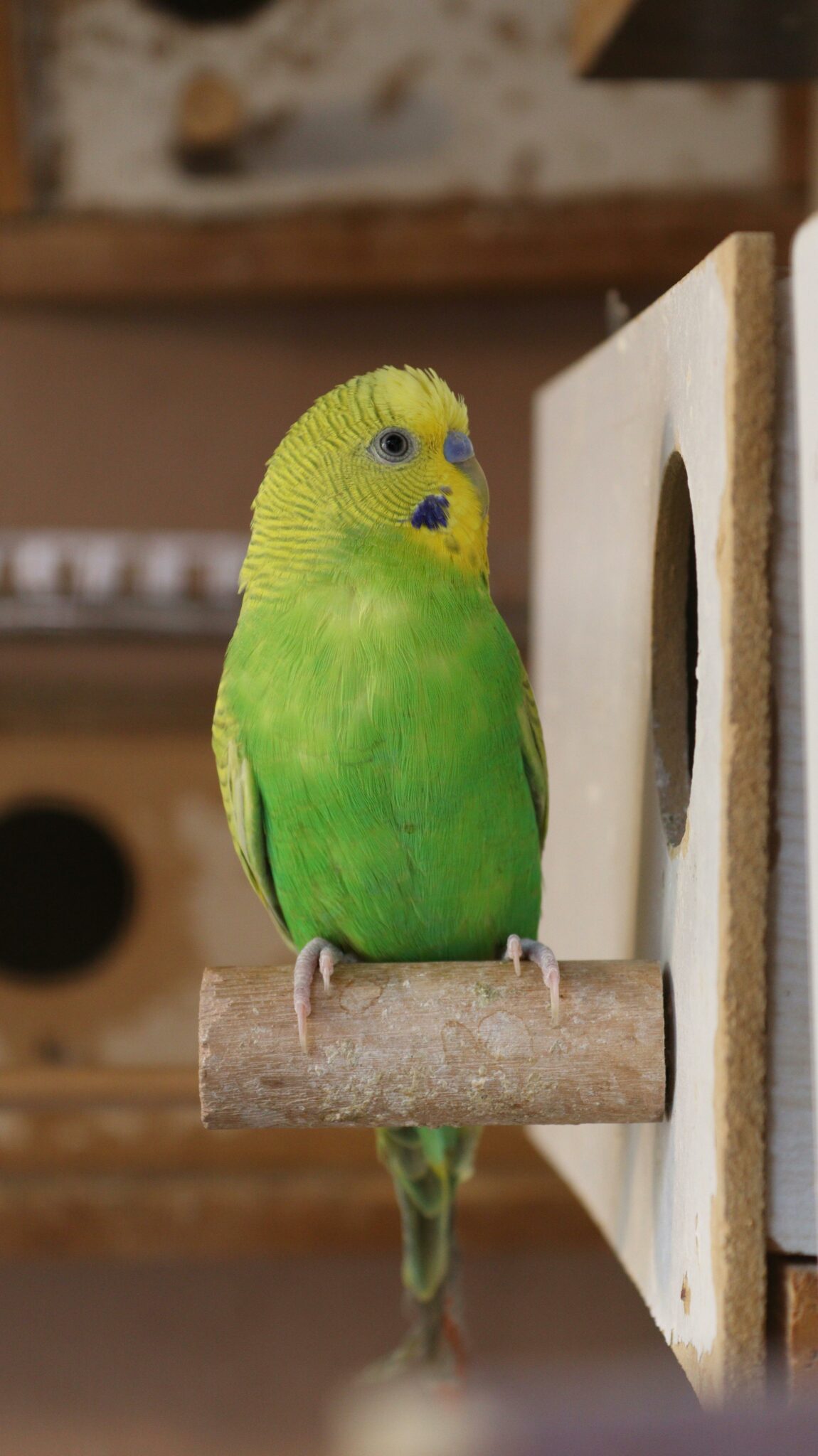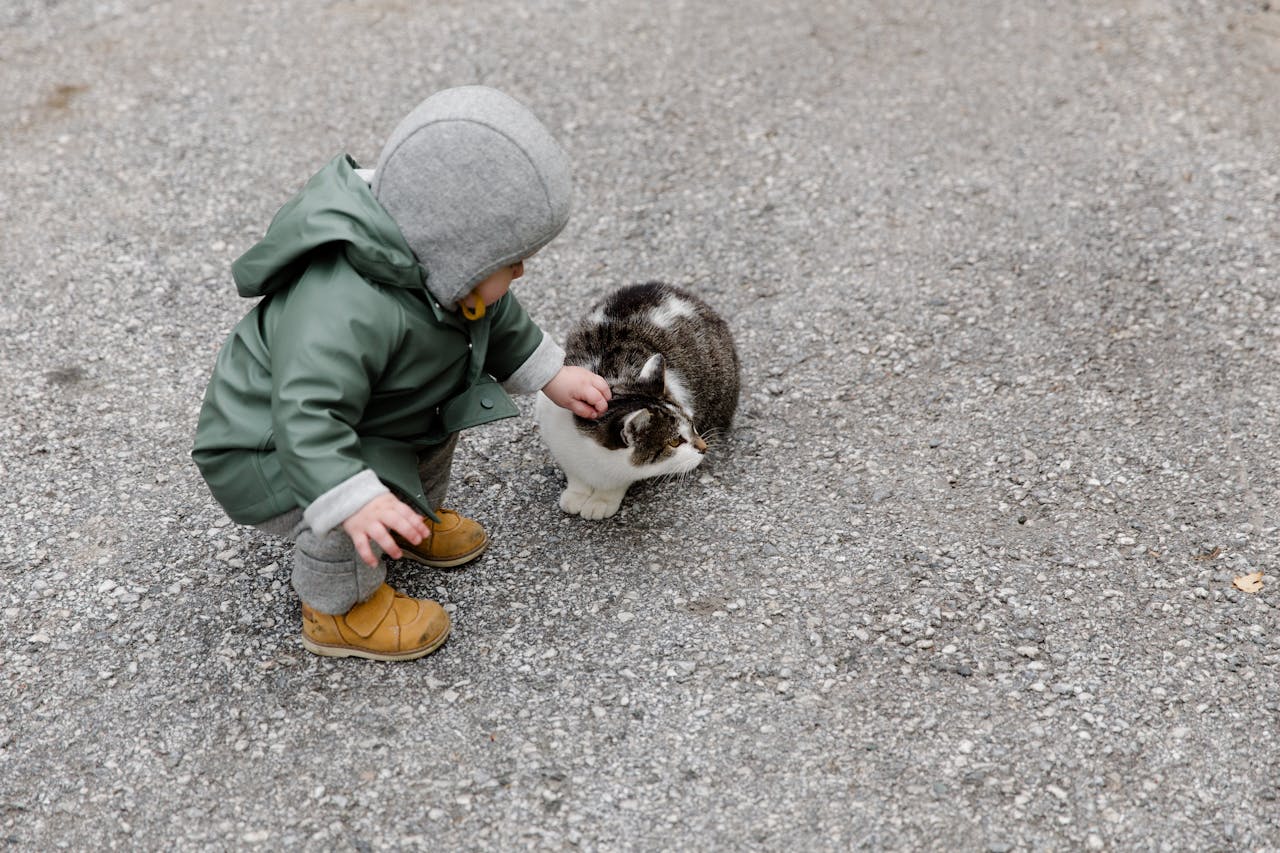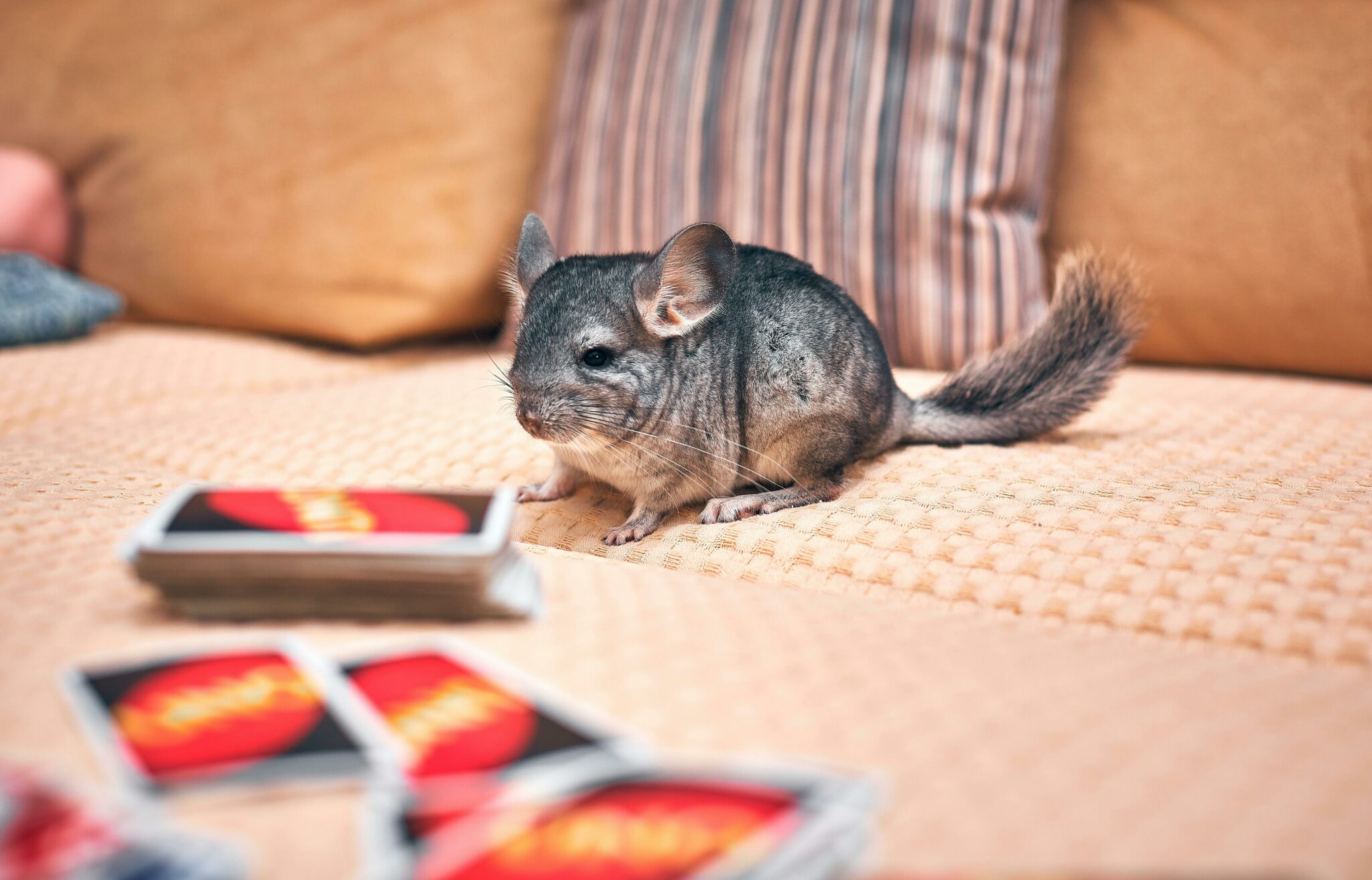My family brought home our newest furry friend in April of 2022. Oliver has been a wonderful addition to our family.

Have you considered bringing in a pet for your family? I personally recommend it! Are you unsure which kind would be the best fit? While it can be a challenge — I am a mom of two boys, but with our dog, I consider myself a mom of three — it is a fun way to bring the family together. Some families prefer smaller pets, or outside only pets, fluffy ones or scaly ones. Some prefer only one pet per household and some want any and all pets under the roof. This is OK! Whatever works for your family is what works the best. (*Also note — please keep in mind your city’s guidelines when deciding on an animal.)
For fun, here’s a quiz to find out what pet suits your family.
Whenever you decide to bring in a new furry (or scaly) friend, having a few tools to guide you will make it easier as you go through this latest phase of your life. Read on below for a few tips that helped us when we prepared to bring Oliver home.
Starting Your Research
You may have questions, especially if you’ve never had a pet before. Gather your family and conduct research together! While Oliver wasn’t our first dog, he was our first golden retriever. We have since learned that golden retrievers are much different than any other dogs we have had.
For the younger families, research by reading non-fiction books aloud. See how this gets the kiddos actively involved. Then, let them watch the animals around them and observe how they behave. Ask your younger kids what they are seeing and how this will affect them when you have this new family member in the home. If you have older kids, do your own independent research and compare your findings.
Questions to answer:
- What kind of food do they like to eat?
- How much exercise do they need?
- How much do they sleep?
- What is their lifespan?
- Would this animal be appropriate for your current lifestyle?
Dogs, for example, have a wide range of exercise requirements. Some need minimal exercise and some need a few hours a day to get out all of that built-up energy. A cat, on the other hand, may not require as much exercise. A variety of animals live in cages or aquariums and would need a different set of care entirely. Given the term pocket pet, due to the size of the animal, hamsters, guinea pigs and lizards all have a different set of care instructions that would need some research prior to bringing them home. Take a look at this DBRL booklist that contains non-fiction reads that could help in your research.


Gathering Supplies
Once you have an idea of what your pet will need, you will want to have a few supplies for them when you bring them home. Items like bedding, toys, food and a kennel are great starter items for your new buddy. Bringing the family to pick out supplies is a fun way to prepare for your new pet’s arrival. Let the kids pick out a few pet-appropriate items. My oldest had his eyes set on the brightest green collar for Oliver and it lasted until he outgrew it. You can use the information from your research to set up your environment.
In addition, look around your home for things you already have that could be of use. While it’s important you new pet have the quality items necessary for their survival, pets don’t care to have everything. They are happy just to have you.
If you’re crafty: this fun DIY, no-sew, blanket project could be completed as a family.
After all the preparations have been made, it’s time to introduce your new pet to your home.

Slow and Steady Wins This Race!
Your home is a brand new place and it’s a little scary. It’s likely you won’t completely know their temperament until they’ve settled in. That may take a few weeks. Some pets wiggle themselves right into a home. Other pets will need time to warm up. Encourage ‘soft pets’ and ‘flat hands’ as much as possible with the littlest kids and go slow. Remind the older kids as well. Breaks from the kids are ok too. Having a safe space for your pet will provide them with the security they need to become comfortable in your home. It could come from a cozy corner in your hamster’s cage. This could also look like bedding made with the DIY blanket you made from the YouTube video above.
Give it some time and your new family member will get used to their new environment.

Beginning New Routines
Pets are a wonderful way to teach children responsibility and solidify their nurturing nature. Once your pet is settled in, try starting a routine with your family. Routines will vary depending on the type of pet you have. Motivate your littles to help with these new routines by giving them age-appropriate tasks they can do. You will find that repetition will make the tasks easier later on. For example, have your younger ones help with feeding and watering. Have them pour one scoop of food into the bowl. They will learn that this is something they will do every day. After a while, these will become the routines that the whole family, including your pet, is used to.

This acclimation period takes some time but will be worth it in the end. Your pet will soon become an active part of your lifestyle. Oliver now goes everywhere the kids go. It’s hard to believe that he was ever not a part of the family. One day, you too, will see a new playful side come out in your family and you will wonder what you’ve ever done without your new friend.




